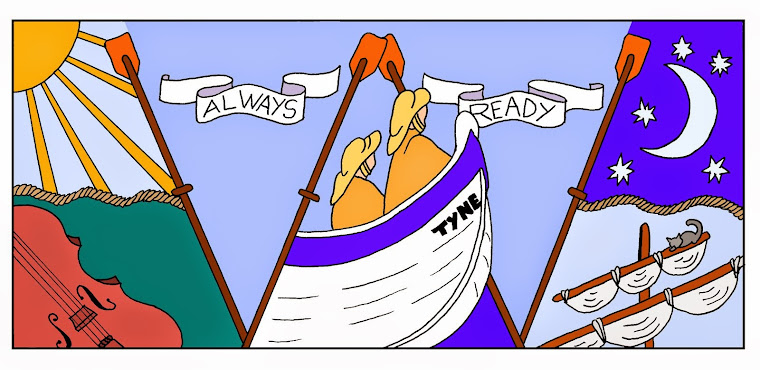Roger Wouldhave (RO020)1652-1681
Roger was baptised in December 1652. His father was Lawrance Wouldhave (LA010), a coal-fitter,
who had married Phillis Ruxabel (PH010) in October 1646 at All Saints Church in
Newcastle. Roger was the fifth of seven children.
Roger's parents married and raised their family in turbulent times; the Siege of Newcastle had ended in unconditional surrender of the Royalist Town to Scottish troops acting for the Parliamentarians in October 1644. The town had suffered much damage particularly around the Quayside and from Westgate to the Bigg Market. The townsfolk had endured nine weeks of rationing and lack of firewood. The Royalist casualties were not recorded but it is likely that most of the town’s garrison was killed either during the siege or the sacking that followed. It is possible that Roger was named after a relative, Roger Wouldhave, who was involved in the defense of Newcastle and later served in the Scottish Army.
In May 1646 King Charles I was held prisoner by the Scots in a stately mansion called Anderson Place, which was on the west side of Pilgrim Street and he was allowed the freedom to move around Newcastle in daily walks or riding, until an escape attempt, organised by the Queen, who was in France, was thwarted by the Scottish troops. After 9 months of negotiations, Charles was handed over to the parliamentary commissioners and the Scots left Newcastle. Charles I was executed in 1649 and the Commonwealth proclaimed which lasted until 1660 when Charles II acceded the throne.
 |
| A modern view of the Castle Keep, the last refuge during the siege of Newcastle. St Nicholas Cathedral can be seen to the right of the Keep |
Roger's parents married and raised their family in turbulent times; the Siege of Newcastle had ended in unconditional surrender of the Royalist Town to Scottish troops acting for the Parliamentarians in October 1644. The town had suffered much damage particularly around the Quayside and from Westgate to the Bigg Market. The townsfolk had endured nine weeks of rationing and lack of firewood. The Royalist casualties were not recorded but it is likely that most of the town’s garrison was killed either during the siege or the sacking that followed. It is possible that Roger was named after a relative, Roger Wouldhave, who was involved in the defense of Newcastle and later served in the Scottish Army.
 |
| Modern view of Tudor houses in Newcastle which filled the Sandhill, Westgate and Quayside areas |
In May 1646 King Charles I was held prisoner by the Scots in a stately mansion called Anderson Place, which was on the west side of Pilgrim Street and he was allowed the freedom to move around Newcastle in daily walks or riding, until an escape attempt, organised by the Queen, who was in France, was thwarted by the Scottish troops. After 9 months of negotiations, Charles was handed over to the parliamentary commissioners and the Scots left Newcastle. Charles I was executed in 1649 and the Commonwealth proclaimed which lasted until 1660 when Charles II acceded the throne.
Roger was three years old when his father died in 1657 and he is mentioned in Lawrence’s will (National Archives Prob11/276) as a beneficiary.
In September 1669 Roger was bound apprentice to Robert Rooksby to serve seven years apprenticeship as a Barber Surgeon. By this time the monarchy had been restored with the accession of Charles II. Roger was admitted to the Company of Barber Surgeons in 1676. He was mentioned in the company minutes when he complained that another member of the company had taken a patient, Robert Bartram, out of his hands; he was later remunerated for this. Roger attended meetings until his death in October 1681, aged 29 years. His burial was recorded in St Nicholas register in Newcastle and it notes that he was buried in woollen. The Burying in Woollen Acts 1666-1680 required the dead to be buried in a pure English wool shroud and not a foreign textile, unless destitute or a plague victim.









